Which Nd Filters Do I Need ?
The specific ND filters you need will depend on the specific requirements of your photography or videography. ND filters are used to reduce the amount of light entering the camera, allowing you to use longer shutter speeds or wider apertures in bright conditions. The strength of the ND filter is measured in stops, with higher numbers indicating greater light reduction. Common ND filter strengths include ND2, ND4, ND8, ND16, and ND32. The choice of ND filter will depend on factors such as the lighting conditions, desired exposure settings, and the effect you want to achieve. It is recommended to have a range of ND filters with different strengths to cover various shooting scenarios.
1、 Types of ND filters and their uses in photography.
Types of ND filters and their uses in photography
ND filters, or Neutral Density filters, are essential tools for photographers looking to control the amount of light entering their camera lens. These filters are particularly useful in situations where the available light is too bright, causing overexposure or limiting creative options. Here are some types of ND filters and their uses in photography:
1. Solid ND filters: These filters have a consistent density throughout the entire filter, reducing the amount of light entering the lens. They are commonly used in landscape photography to achieve longer exposure times, creating smooth water effects or capturing movement in clouds.
2. Graduated ND filters: These filters have a gradient density, with one half being darker than the other. They are ideal for scenes with a significant difference in brightness between the sky and the foreground. By placing the darker portion over the brighter area, such as the sky, the filter helps balance the exposure, preventing blown-out highlights.
3. Variable ND filters: These filters offer adjustable density, allowing photographers to control the amount of light reduction by rotating the filter. They are versatile and convenient, especially for situations where lighting conditions may change rapidly, such as during outdoor events or when shooting in changing weather conditions.
4. Reverse ND filters: These filters have a darker portion in the center, gradually becoming lighter towards the edges. They are specifically designed for capturing sunrises or sunsets, where the brightest part of the scene is near the horizon. The reverse ND filter helps balance the exposure, preventing the sky from being overexposed.
It's important to note that the specific ND filters needed will depend on the photographer's shooting style, subject matter, and lighting conditions. It's recommended to have a range of ND filters with different densities to accommodate various situations. Additionally, the latest point of view suggests investing in high-quality filters to maintain image quality and avoid color casts or loss of sharpness.
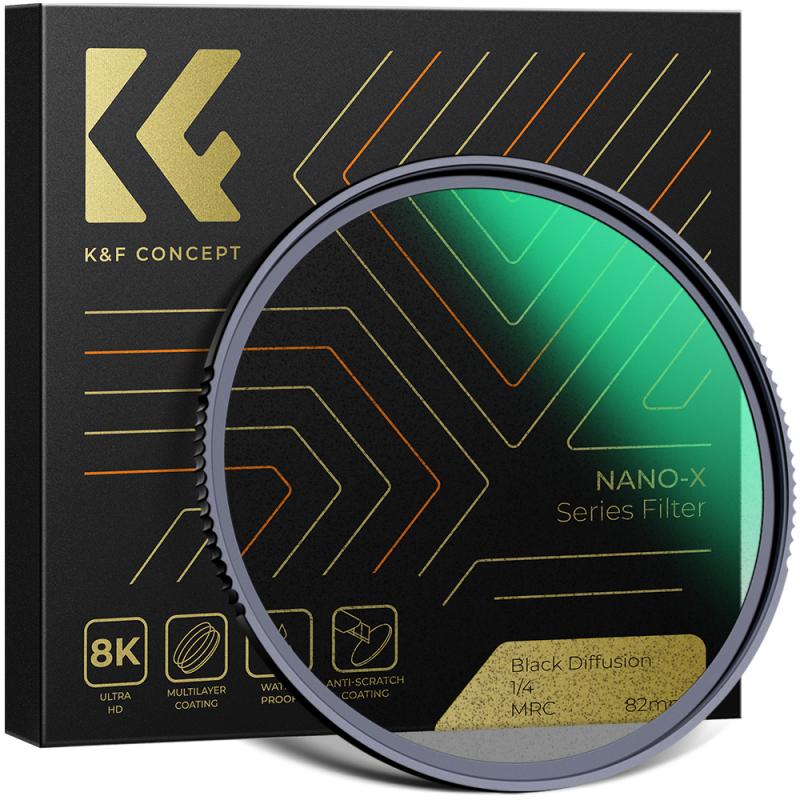
2、 Factors to consider when choosing the right ND filter.
Factors to consider when choosing the right ND filter include the desired level of light reduction, the type of photography you engage in, the lens diameter, and the filter's quality. ND filters are available in various strengths, typically measured in stops, such as ND2, ND4, ND8, and so on. The strength of the filter determines the amount of light it blocks, with higher numbers indicating greater light reduction. The choice of strength depends on the specific shooting conditions and the effect you want to achieve. For example, if you are shooting in bright sunlight and want to create motion blur in water or clouds, a higher strength ND filter like ND8 or ND16 would be suitable. On the other hand, if you want to slightly reduce the light without affecting the overall exposure, a lower strength filter like ND2 or ND4 may be sufficient.
The type of photography you engage in also plays a role in selecting the right ND filter. Landscape photographers often prefer stronger ND filters to achieve long exposures and create smooth, ethereal effects in water or clouds. Portrait photographers, on the other hand, may opt for milder ND filters to achieve a shallow depth of field in bright lighting conditions. Additionally, the lens diameter of your camera lens is important to ensure compatibility with the filter. Most filters come in different sizes to fit various lens diameters, so it is essential to choose the correct size for your lens.
Lastly, the quality of the ND filter should not be overlooked. Investing in a high-quality filter can make a significant difference in the final image quality. Cheaper filters may introduce color casts, reduce sharpness, or cause unwanted reflections. It is advisable to choose filters from reputable brands known for their optical quality and durability.
In conclusion, when choosing the right ND filter, consider factors such as the desired light reduction, the type of photography, the lens diameter, and the filter's quality. By taking these factors into account, you can select the most suitable ND filter for your specific needs and achieve the desired creative effects in your photography.
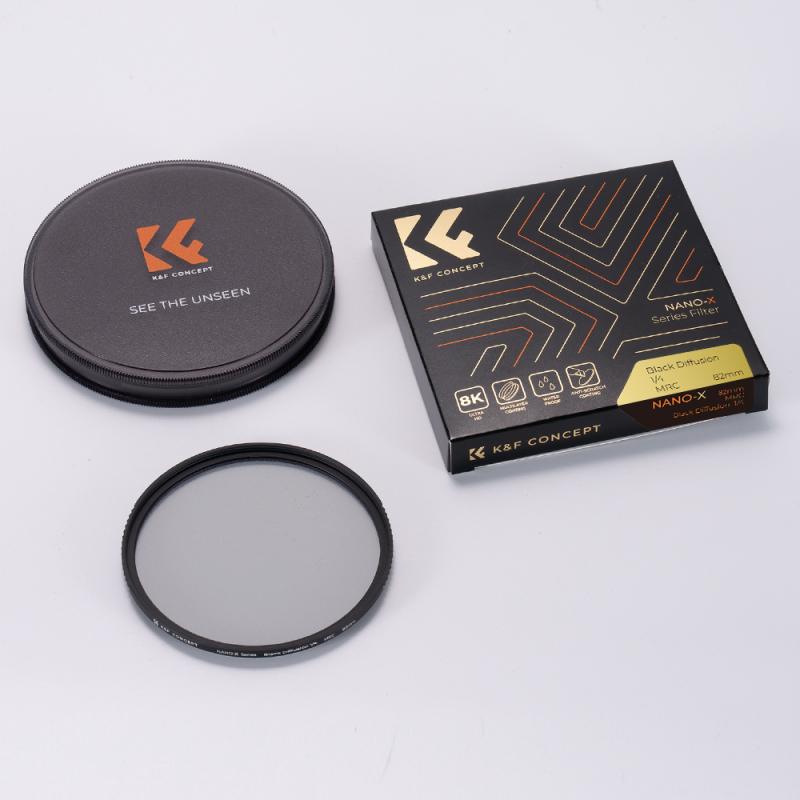
3、 Recommended ND filter strengths for different lighting conditions.
Recommended ND filter strengths for different lighting conditions can vary depending on the specific situation and the effect you want to achieve in your photography or videography. ND filters, or neutral density filters, are used to reduce the amount of light entering the camera lens without affecting the color or contrast of the image.
In bright daylight conditions, such as shooting outdoors on a sunny day, a stronger ND filter is typically required to reduce the amount of light and allow for slower shutter speeds or wider apertures. ND filters with strengths of around ND8 to ND16 are commonly used in these situations.
For slightly overcast or cloudy conditions, a medium strength ND filter like ND4 to ND8 may be sufficient to achieve the desired effect. These filters can help to balance the exposure and prevent overexposure in such lighting conditions.
In low light situations, such as shooting during sunset or in the evening, a weaker ND filter like ND2 to ND4 may be suitable. These filters can help to reduce the amount of light without compromising the overall exposure.
It's important to note that the specific filter strength needed can also depend on the camera settings and the desired creative effect. Additionally, the latest point of view may include advancements in filter technology, such as variable ND filters that allow for adjustable strengths.
Ultimately, the choice of ND filter strength will depend on the specific lighting conditions, the desired effect, and personal preference. Experimentation and practice will help you determine the ideal ND filter strengths for different situations.
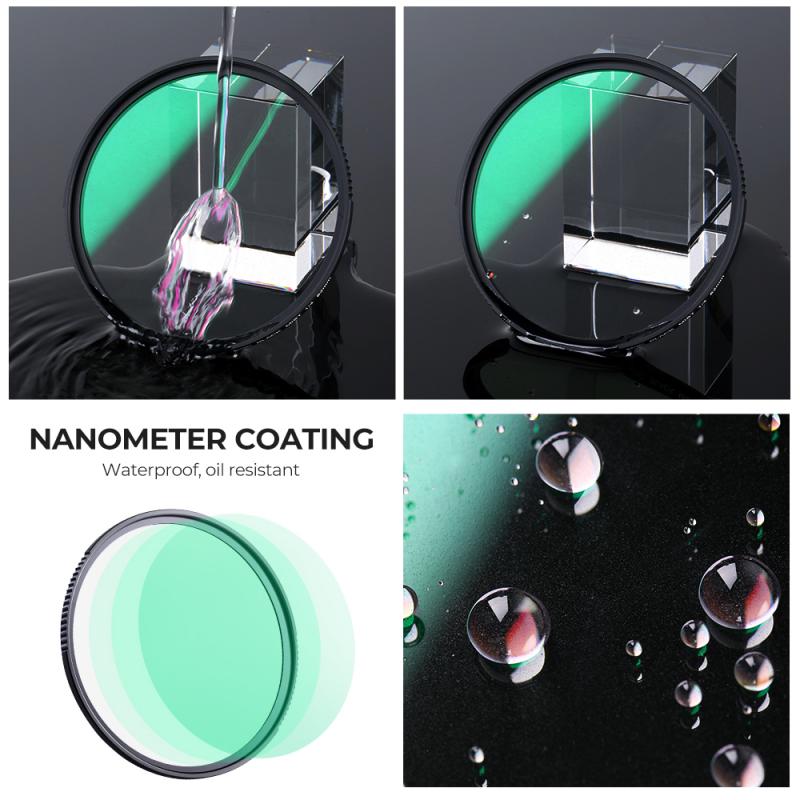
4、 Understanding the impact of ND filters on exposure settings.
Understanding the impact of ND filters on exposure settings is crucial when deciding which ND filters you need. ND filters, or neutral density filters, are used to reduce the amount of light entering the camera lens without affecting the color or contrast of the image. This allows for longer exposures or wider apertures in bright conditions, resulting in creative effects such as motion blur or shallow depth of field.
To determine which ND filters you need, consider the specific shooting conditions and desired effects. ND filters come in different strengths, usually measured in stops, indicating the amount of light they block. Common strengths include ND2, ND4, ND8, ND16, and ND32, with each stop halving the amount of light reaching the sensor.
For example, if you are shooting in bright sunlight and want to achieve a longer exposure for smooth water or blurred motion, you might need a stronger ND filter like ND8 or ND16. On the other hand, if you are shooting in slightly overcast conditions and want to use a wider aperture for a shallow depth of field, a lighter ND filter like ND2 or ND4 might be sufficient.
It's important to note that the latest point of view on ND filters is that they are essential tools for both photography and videography. They allow for greater creative control over exposure settings, especially in challenging lighting conditions. Additionally, with the rise of mirrorless cameras and electronic viewfinders, photographers can now preview the effects of different ND filters in real-time, making it easier to choose the appropriate strength for the desired effect.
In conclusion, understanding the impact of ND filters on exposure settings is crucial for determining which ND filters you need. Consider the shooting conditions and desired effects to choose the appropriate strength, and remember that ND filters are essential tools for creative control in photography and videography.
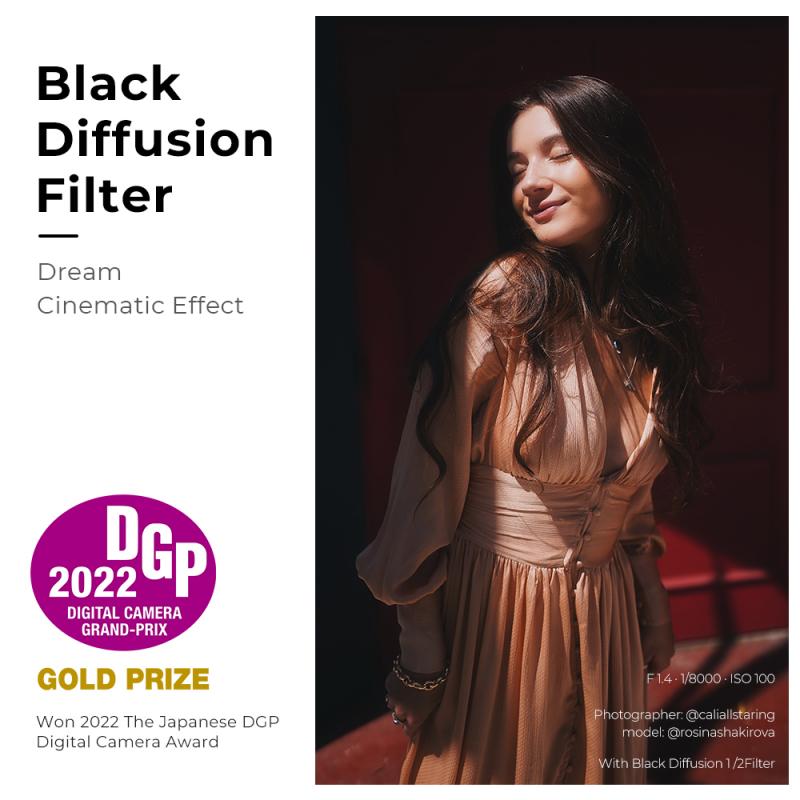




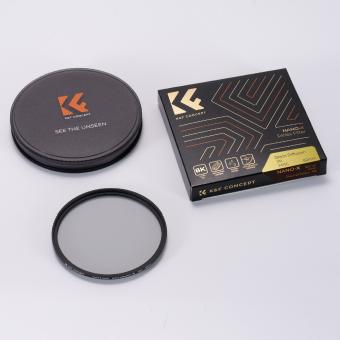
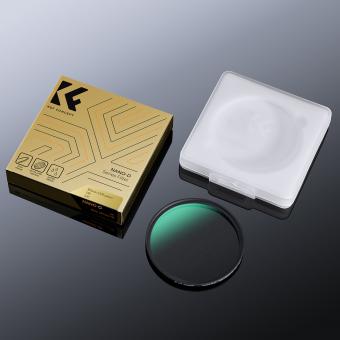
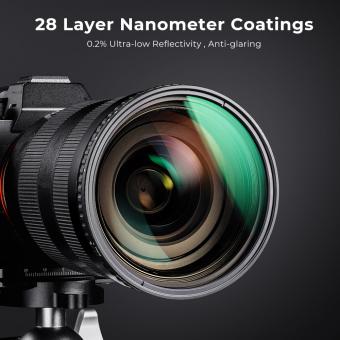


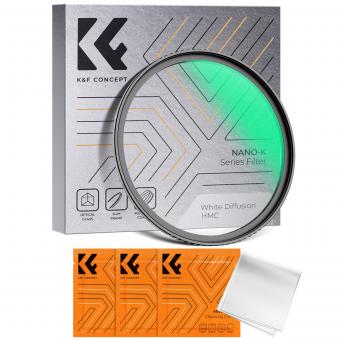





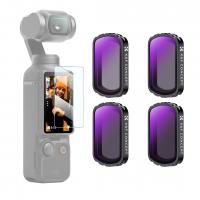
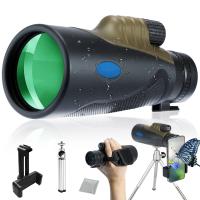

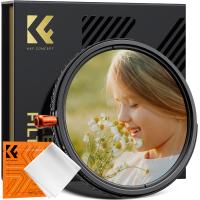
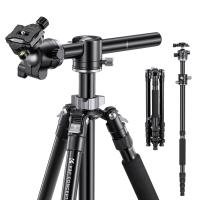
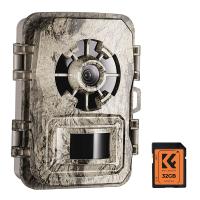




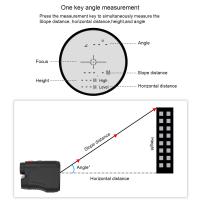
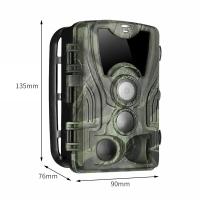
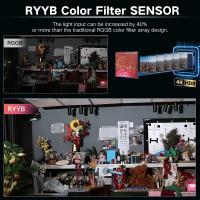


There are no comments for this blog.